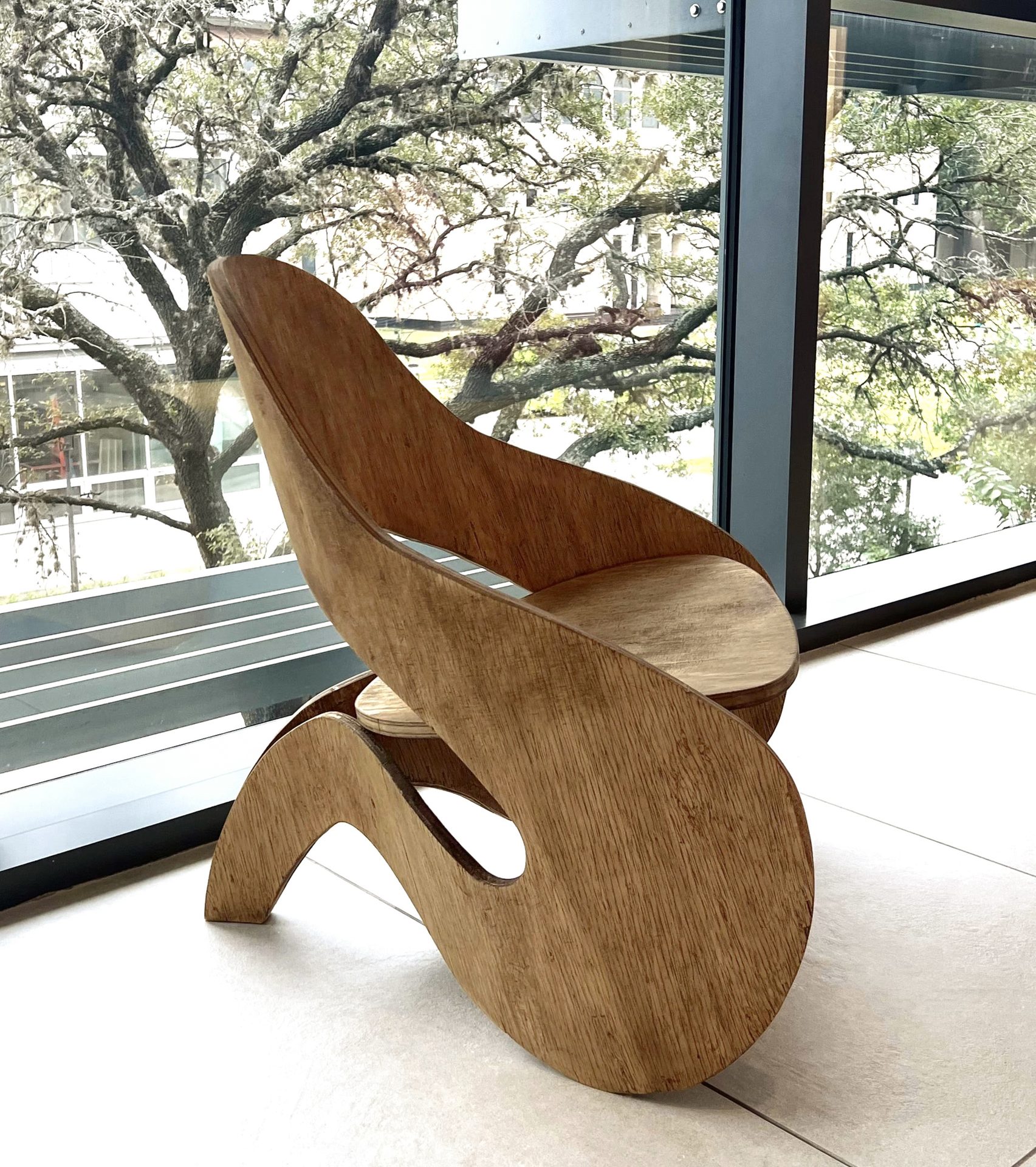Alumni Spotlight:
Terence Gelo '13
May 22, 2023
"While studying at the Hines College, I learned that design is an interwoven and complicated discipline. There is no all-encompassing list of things you need to know because that list changes daily."
Name: Terence Gelo
Hometown: San Antonio, Texas
Major: Bachelor of Science in Industrial Design
Graduation Year: 2013
Employer: NASA Johnson Space Center through KBR
Title: Lead Industrial Designer for Human Spaceflight
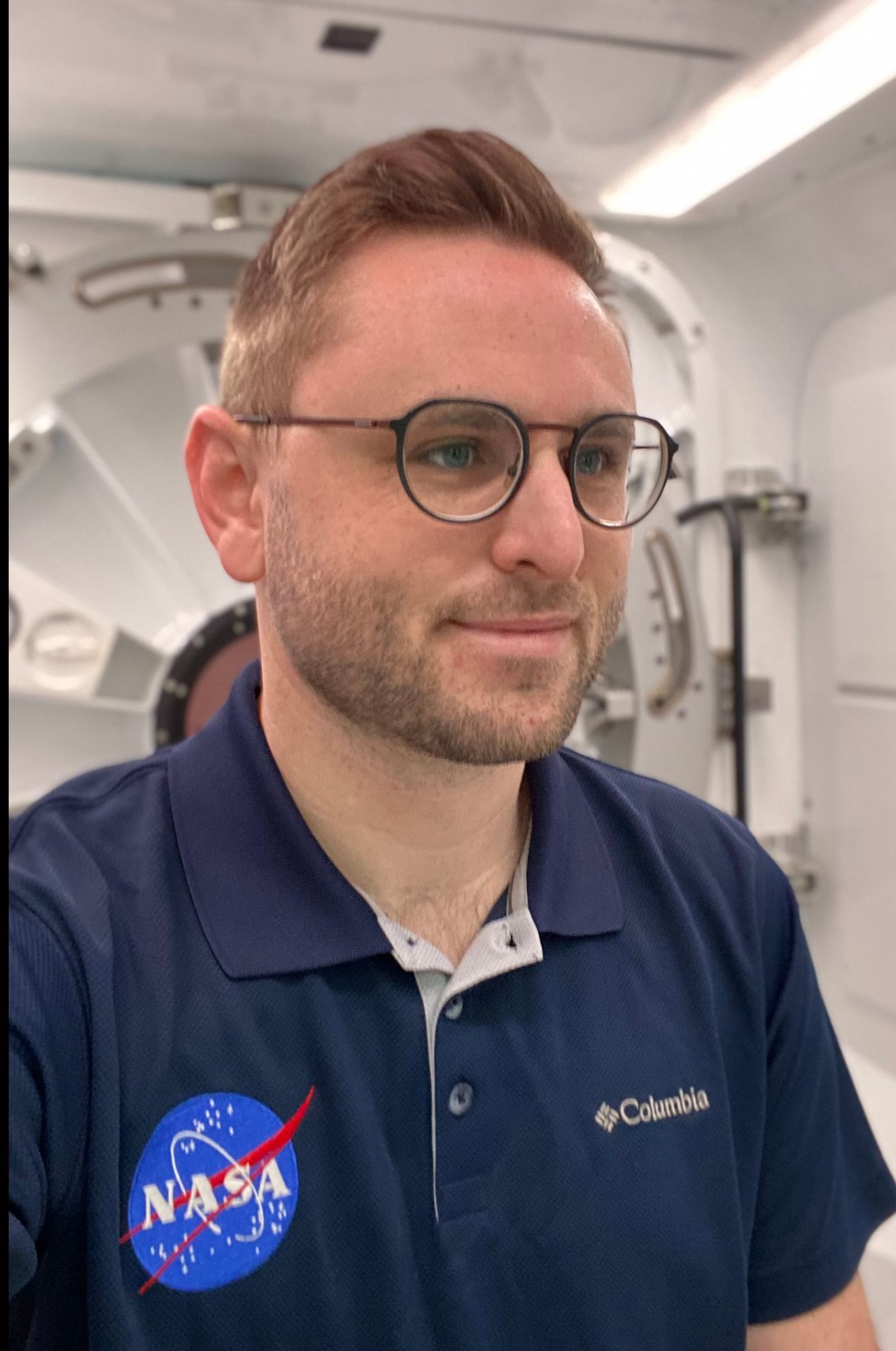
Why did you choose the Gerald D. Hines College of Architecture and Design, and what drew you to design?
Growing up, I was fascinated with LEGOs, building tree forts, taking things apart, and trying to put them back together. My mother and father, who taught biology and Plains Indian anthropology, initiated these learning opportunities. After taking both available AutoCAD classes in high school, the school created a new class that allowed me to self-teach Rhino. I enjoyed mastering intricacies, only to encounter new things needing to be learned during the next operation. I knew I wanted to design something other than buildings, but at the time, I did not understand I had inherited an interest in science and anthropology from my parents. I found the perfect combination of all these things with Industrial Design.
After considering Syracuse University and Auburn University, I chose the Gerald D. Hines College of Architecture and Design because of its well-rounded education. The multifaceted structure of the program at UH was attractive because I knew it would provide the skills to prepare me for the diverse problems I would encounter in my career. As a city, Houston also offered access to industries that were not available in less populated locations.
What was one of your favorite memories from your time on campus? Was there a particular professor who influenced your education?
My memories on campus are plentiful and impactful, and they all include incredible people. Sanding Bondo off models at 3:00 am, welding and CNC-ing in the robust Burdette Keeland Design Exploration Lab, and vacuum bagging wood veneers were all made memorable by a group of intensely smart, dedicated, and talented studio mates.
One memory that stands out followed an all-nighter in preparation for presentations. Still in a daze from the long week, we looked out the window and saw it snowing outside. Since this was an anomalous event in Houston, we got a rush of energy and ran outside to build snowmen in front of the architecture building.
Even when exhausted, the designers around me were compelled to apply their creativity. While many professors impacted me, I especially looked up to Adam Wells. Adam has limitless material and manufacturing knowledge and an ability to relate to students while still demanding the best from them. He gave the same level of dedication that he demanded, regularly visiting the studio at odd hours to help while also penalizing presentations for being pinned up a minute late. I was fortunate to return to UH as adjunct faculty to support Adam's INDS 2501 studio.
EunSook Kwon also guided my education, teaching me to synthesize my thoughts into the best output. Jeff Feng provided the practical experience to push good concepts into great tangible products and strongly advocated for his students.
Top to Bottom: Taxa woolly bear kammok edition; Flambeau Portage series tackle bags
What does a typical day look like in your job? Do you have a particular design or business philosophy?
I work in the Center for Design and Space Architecture, supporting NASA's Artemis missions. Artemis seeks to land humans on the moon for the first time in 50 years to study water ice in permanently-shaded craters on the south pole. This is done by establishing a module-based lunar orbiter called Gateway, which is analogous to the ISS.
Gateway acts as a lunar outpost, allowing astronauts to dock before taking them to the lunar surface using the Human Landing System (HLS). While on the surface, mobility involves an unpressurized Lunar Terrain Vehicle (LTV) and a pressurized Surface Exploration Vehicle (SEV). The pressurized rover provides a habitat for long-term exploratory missions, giving astronauts a mobile home base enabling extravehicular activities. This is difficult on the lunar south pole, where sunlight hits parallel to the ground for 14 days, followed by 14 days of darkness and temperatures of -280ºF.
I use Rhino to 3D model concepts, work with stakeholders to identify and accommodate requirements and build interactive prototypes. These prototypes inform future design intent through Human-in-the-Loop (HITL) testing, a process in which we interface with astronauts to find active and latent needs. This testing is performed on the bottom of the sea at the NASA Extreme Environment Mission Operations, Neutral Buoyancy Laboratory, Active Response Gravity Offload System, or Desert Research and Technology Studies facility.
My design philosophy is there is art in the act of making something as small as it can be but as big as it has to be. These constraints are fun to work with because they usually require innovative solutions. It has been particularly applicable at NASA.
What is one career accomplishment of which you are particularly proud? How do you feel that the College prepared you for this?
One of my proudest career accomplishments was designing and overseeing the construction of the Igloo Coolers Shenzhen Showroom. Igloo took a chance on me as a young designer after I took the initiative to create concept renderings for a project I learned about in a passing conversation. Within 48 hours, I had a Chinese visa and was on a plane to Shenzhen.
I worked with stakeholders to incorporate product assortments from multiple major brands, created full rendering and drawing packages for construction, sourced subcontractors and materials, and ensured the project remained within budget and on schedule. This established me as an employee who could manage design projects and travel overseas on short notice, so I was sent back seven times over the next 18 months. I had the opportunity to work with suppliers directly, developing an RF welding manufacturing method used in a product receiving awards at the 2016 Outdoor Retailer Expo.
These connections and experiences provided a launching point for my personal design consultancy, which I subsequently ran for seven years. Learning how products are made and how they are bought and sold led to a job as Design Manager at TAXA Outdoors, where I managed design and engineering for NASA-inspired camping habitats that are an alternative to 'white box' RVs. Naturally, that prepared me for NASA employment. All of this stemmed from my diverse experience at UH and the lessons I learned.
top to bottom: Igloo sportsman waterpoof backpack cooler; crafstrom home solar
What is one valuable lesson you learned at the Hines College?
While studying at the Hines College, I learned that design is an interwoven and complicated discipline. There is no all-encompassing list of things you need to know because that list changes daily. I learned that adaptability, openness to new things, and autodidactic tendencies are necessary to learn and grow as a designer. I also gained a greater respect for the art of selling. Presentations are our avenue to sell, whether you are selling an idea to yourself, a stakeholder, or an end customer. Finally, I learned that if the significance of a design cannot be summarized in a couple of bullet points, it should be refined until it communicates its value.
What is a piece of advice you would give to current architecture and design students?
You will never be less busy with more resources than you are at this very moment. While learning to produce flawless work is important, learning how to leverage the time and resources you have available is more important. Focus time where it will have the largest effect on the target audience. Do all of your bolts need threads on them for an exploded view? If you are presenting initial concepts, probably not.
Understand project requirements up front and set customer expectations so that you know when to cut losses on a concept not delivering to the point of impact. In the workforce, it will be crucial to maintain a regular human schedule while producing high-quality work, so learning how to maximize your efforts is crucial.
Lastly, I would suggest speaking to students in other disciplines. Products do not go into production without the input of supply chain, engineering, quality, sales, product managers, finance, regulatory compliance, marketing, and logistics. Learning what is important to others will eliminate rework, and with design thinking experience, you are equipped to find universal solutions.
Website: http://www.terencegelo.com
LinkedIn: http://www.linkedin.com/in/terencegelo
About Habitability Design: https://www.nasa.gov/feature/habitability-design
More College of Architecture and Design Stories
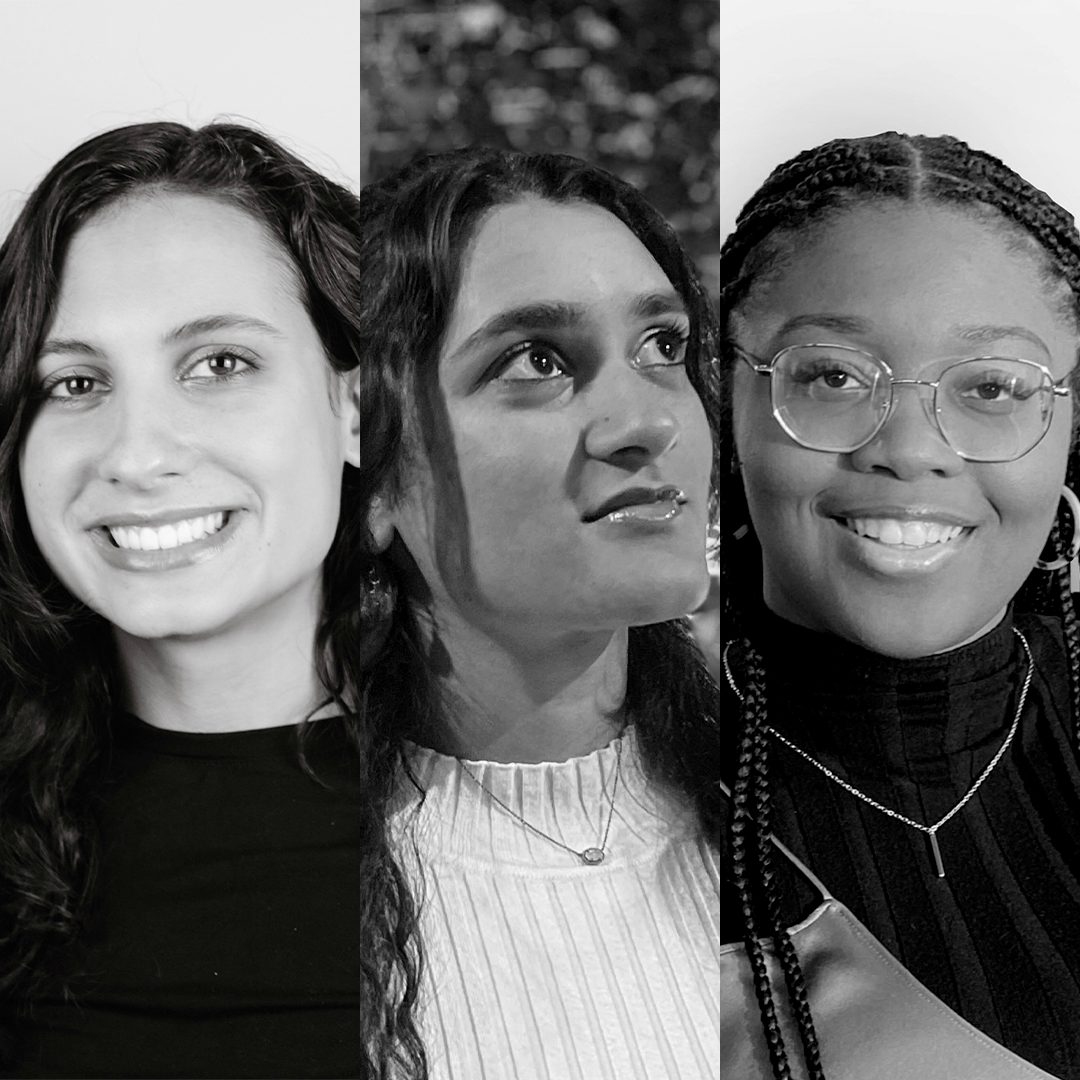
Learn about how the Students Industrial Design Society of America at the Hines College provides resources for students.
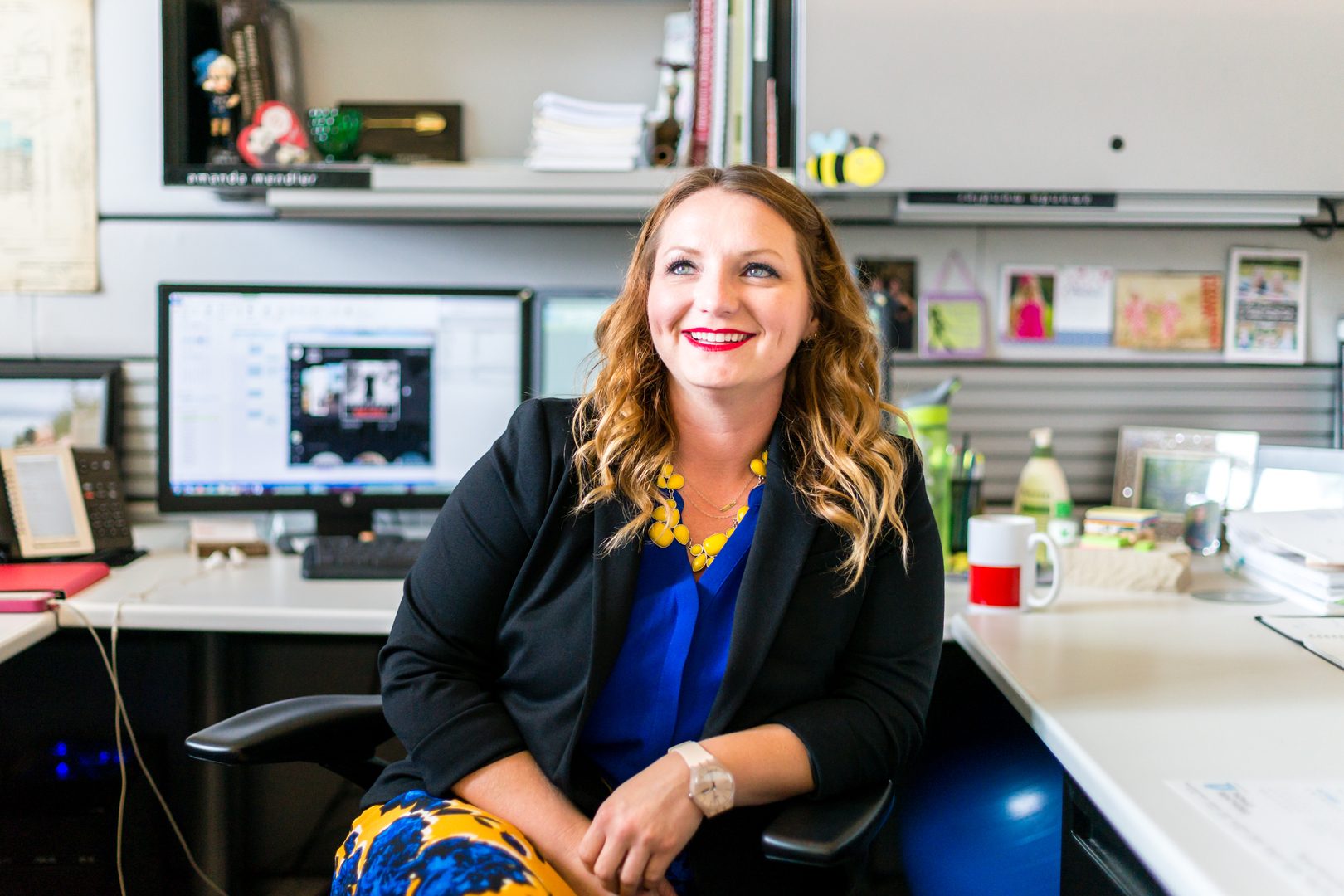
"Architecture school is the time to let your imagination lead the way ... Do not lose the art of architecture," advises Amanda Mendler '08.


